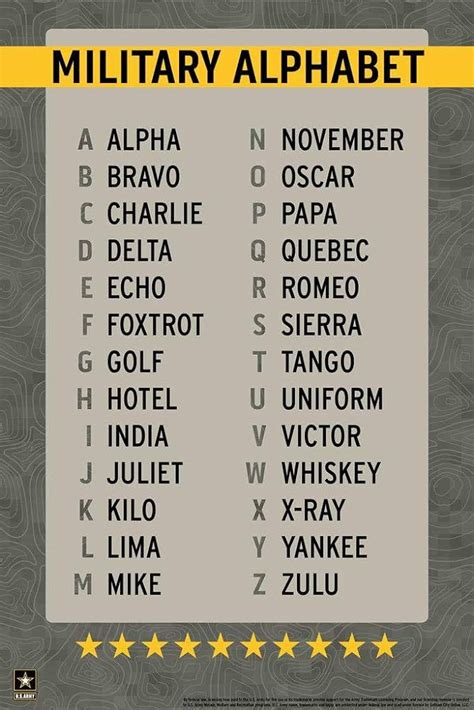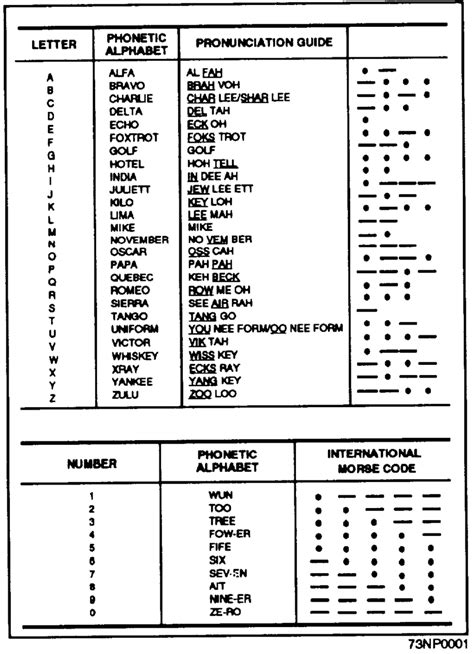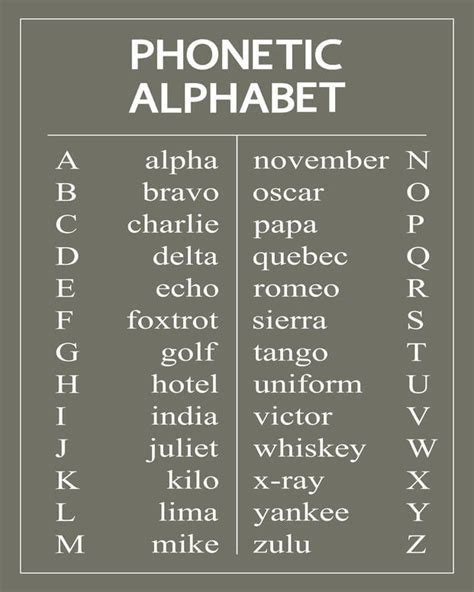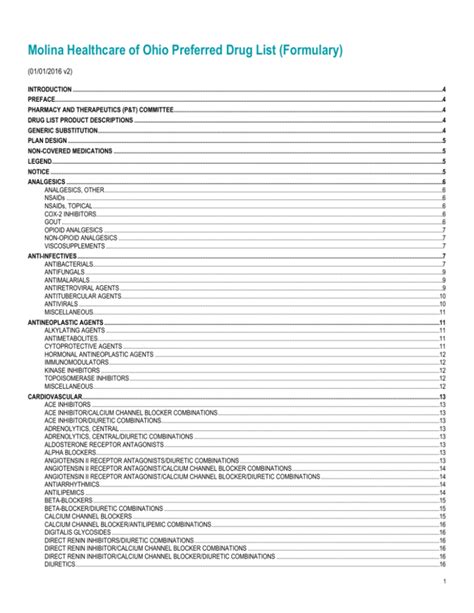The military alphabet, also known as the NATO phonetic alphabet, is a standardized system used to clearly communicate letters and numbers over radio and other communication devices, particularly in situations where standard letter pronunciation may be unclear. This system is crucial for avoiding misunderstandings that could arise from similar-sounding letters or poor communication conditions. It is widely used not only by military forces but also by aviation, maritime, and other organizations that require precise communication.
Key Points
- The military alphabet is designed to ensure clear communication of letters and numbers.
- It is also known as the NATO phonetic alphabet due to its adoption by NATO.
- This system is vital in environments where clarity is critical, such as military operations, aviation, and maritime communications.
- Each letter and some numbers are assigned a unique word to avoid confusion between similar sounds.
- The use of the military alphabet is not limited to military contexts but is also applied in civilian domains where precise communication is necessary.
NATO Phonetic Alphabet Structure

The NATO phonetic alphabet assigns code words to the 26 letters of the English alphabet to provide a clear distinction between similar-sounding letters. For example, the letters “B” and “P” are often confused with each other, so “B” is coded as “Bravo” and “P” as “Papa”. This coding helps in minimizing errors in oral communication, especially in noisy environments or when the speaker and listener are not native English speakers. The system also includes codes for some numbers to ensure clarity in numerical communications.
Usage and Importance
The usage of the military alphabet extends beyond its original purpose in military communications. It has become an essential tool in various professions that demand precise and clear communication, such as air traffic control, international business communications, and emergency services. The clarity provided by the NATO phonetic alphabet reduces the risk of misunderstandings that could lead to critical errors or accidents. For instance, in aviation, the pilots and air traffic controllers use this alphabet to clearly communicate flight numbers, runway designations, and other critical information.
| Letter/Number | NATO Phonetic Alphabet Code |
|---|---|
| A | Alfa |
| B | Bravo |
| C | Charlie |
| D | Delta |
| E | Echo |
| F | Foxtrot |
| G | Golf |
| H | Hotel |
| I | India |
| J | Juliett |
| K | Kilo |
| L | Lima |
| M | Mike |
| N | November |
| O | Oscar |
| P | Papa |
| Q | Quebec |
| R | Romeo |
| S | Sierra |
| T | Tango |
| U | Uniform |
| V | Victor |
| W | Whiskey |
| X | X-ray |
| Y | Yankee |
| Z | Zulu |
| 0 | Zero |
| 1 | One |
| 2-9 | Respective numbers spoken clearly |

Evolution and Adaptation

The NATO phonetic alphabet has undergone several revisions since its inception, reflecting the changing needs of its users and the evolution of communication technologies. Its ability to adapt to new contexts and its continued relevance in a variety of fields are testaments to its effectiveness as a communication tool. Moreover, the system’s influence can be seen in other phonetic alphabets developed for specific languages or purposes, further expanding its impact on clear and efficient communication worldwide.
Training and Implementation
Training in the use of the NATO phonetic alphabet is a standard part of professional development for individuals in careers requiring precise communication, such as pilots, sailors, and emergency responders. This training emphasizes the correct pronunciation of code words and practice in using the alphabet in realistic scenarios. Effective implementation of the system relies on consistent use and reinforcement, ensuring that all team members or stakeholders are familiar with and adhere to its conventions.
What is the primary purpose of the military alphabet?
+The primary purpose of the military alphabet, or NATO phonetic alphabet, is to provide a clear and unambiguous method of communicating letters and numbers, particularly in situations where standard communication may be unclear or misunderstood.
Is the NATO phonetic alphabet used only in military contexts?
+No, the NATO phonetic alphabet is not used only in military contexts. While it was initially developed for military communications, its use has expanded to include various civilian professions and situations where clear and precise communication is critical, such as aviation, maritime, and emergency services.
How does the military alphabet help in reducing errors in communication?
+The military alphabet helps in reducing errors in communication by assigning unique and distinct code words to letters and numbers that are commonly confused with each other. This ensures that messages are conveyed clearly and accurately, minimizing the risk of misunderstandings that could arise from similar-sounding letters or numbers.
In conclusion, the military alphabet, or NATO phonetic alphabet, plays a vital role in ensuring clear and efficient communication across various professions and situations. Its widespread adoption and continued relevance are testaments to its effectiveness in minimizing errors and ensuring safety and efficiency in operations. As communication technologies continue to evolve, the principles behind the NATO phonetic alphabet will remain essential for developing and implementing clear and unambiguous communication systems.


